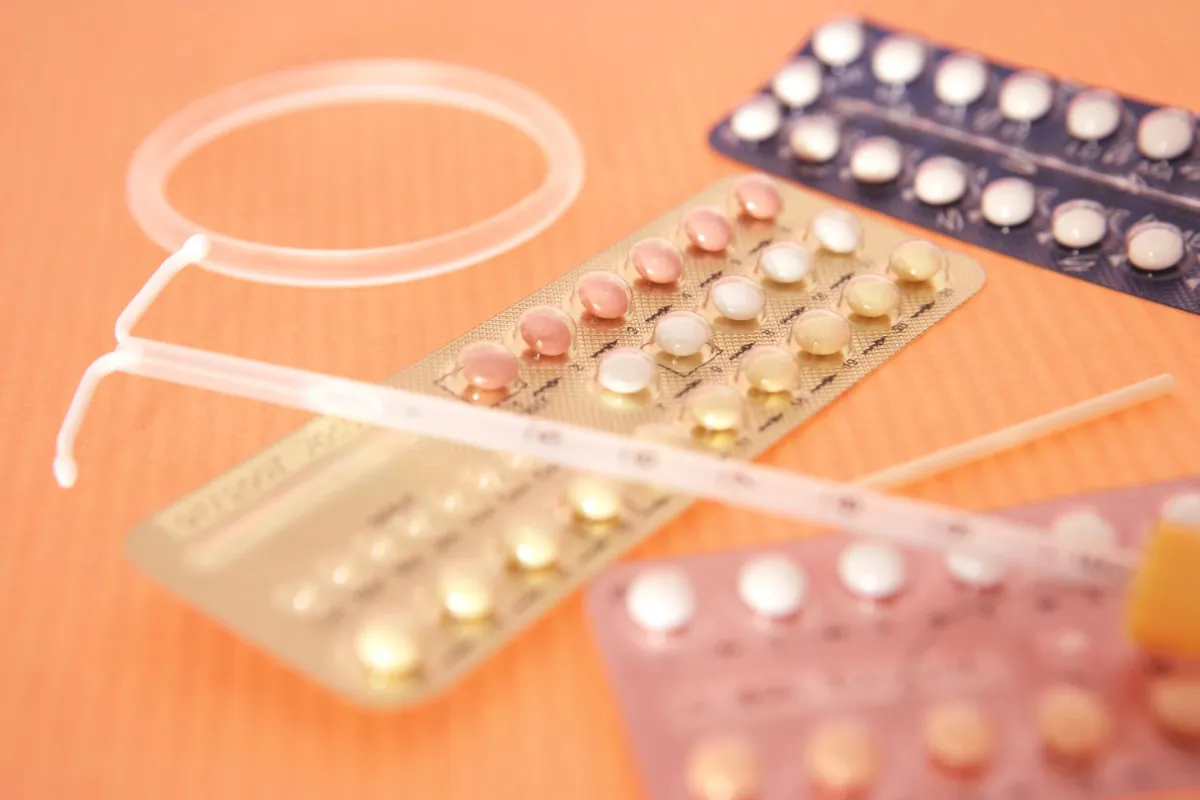One kind of birth control pill that provides the same amount of hormones for 21 or 28 days is called monophasic. You can either take placebo tablets or nothing at all for the rest of the month. These are the birth control tablets that are most frequently prescribed.
How to take the medication properly
If taken correctly, single-phase birth control pills are safe, dependable, and very effective. You must know when and how to take the medication in order to use it accurately.
Remember these pointers to ensure proper use of birth control pills:
Choose a time that works for you: You must take your medication at the same time each day, so choose a time that will allow you to stop and take it. Setting a reminder on your calendar or phone could be beneficial.
If you miss a dosage, know what to do: It happens to miss a dose. Take the medication as soon as you realize you missed a dose. Taking two tablets at once is acceptable. Take two pills one day and the last two the following if you miss two days. Then proceed with your usual order. Contact your physician or pharmacist if you forget more than one pill. They can advise you on your next course of action.
Follow the instructions: Your medications are made to function in the precise sequence that they are packaged. In a single-phase box, the last seven pills frequently contain no active substance, whereas the first 21 pills are identical. In addition to putting you at risk for pregnancy, combining medications could result in adverse effects like breakthrough bleeding.
Take with food: To lessen nausea, you might want to take the medication with food when you first start taking it. This won’t be required for more than a week or two because the nausea will subside with time.
Remember the placebo pills: During the last seven days of your pill pack, you will either not take any pills at all or take dummy pills. Although you are not required to take the placebo pills, some manufacturers include substances in the final pills to help reduce menstrual discomfort. Make sure that the seven-day window has passed before beginning your next bundle.
What advantages does taking monophasic tablets offer?
Because a consistent hormone supply may eventually result in fewer adverse effects, some women prefer single-phase birth control. The varying hormone levels may cause additional negative effects in those who take multiphase birth control. These negative effects are similar to mood swings and other normal hormonal changes that occur during the menstrual cycle.
Because it has been examined the most, monophasic birth control has the strongest safety and effectiveness proof. No study, however, indicates that one kind of birth control is safer or more successful than another.
What distinguishes triphasic, biphasic, and monophasic?
There are two types of birth control pills: monophasic and multiphasic. The main distinction is the quantity of hormones you receive throughout the course of the month. During the 21-day cycle, multiphasic pills change the doses and the progestin to estrogen ratio.
Biphasic: These pills provide one strength for 7–10 days and another for 11–14 days; during the last seven days, you take either no pills at all or placebos containing inactive chemicals. Most businesses color the doses differently so you can see when the types of pills change.
Monophasic: For 21 days, you take the same dosage of estrogen and progestin daily; during the last week, you either take no pills at all or a placebo.
Triphasic: Three-phase birth control is labeled with a distinct color for each dose, just like biphasic. The initial stage lasts five to seven days. Five to nine days make up the second phase, while five to ten days make up the third. The length of time you spend in each of these stages depends on the formulation of your brand. For the last seven days, there are either no pills or placebos containing inactive substances.

